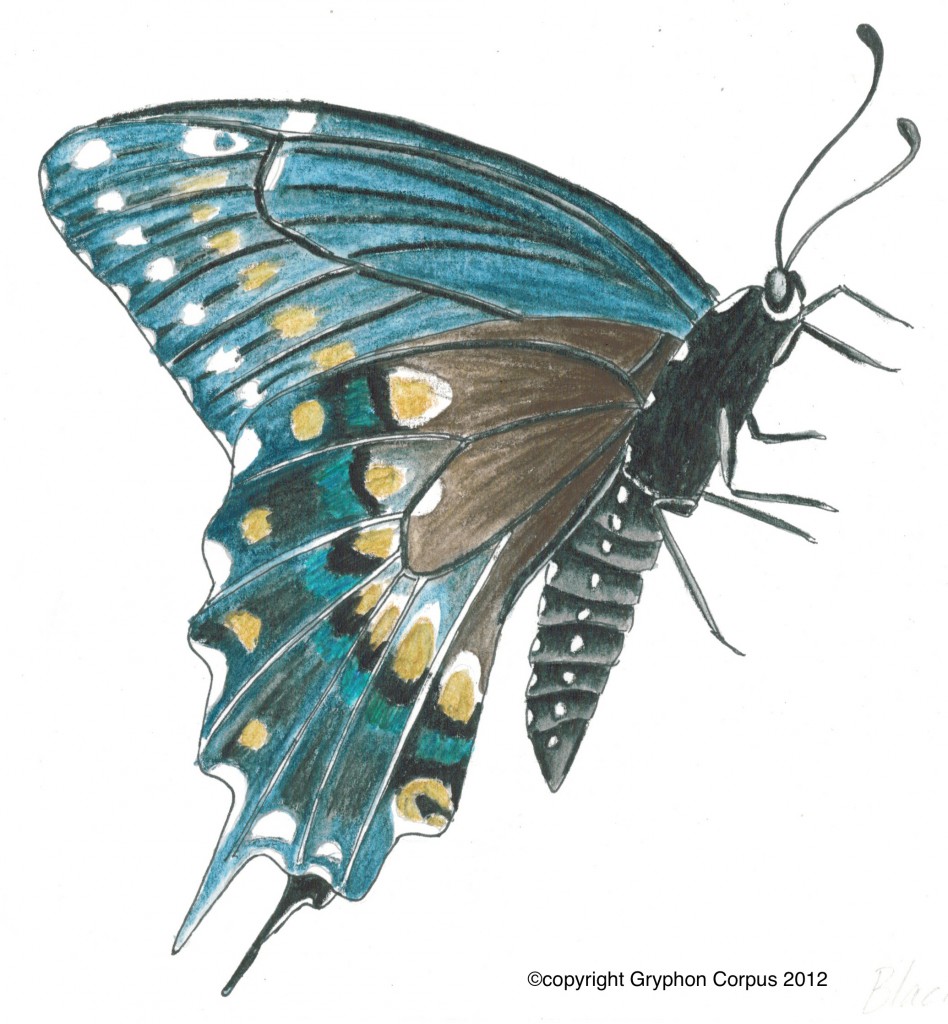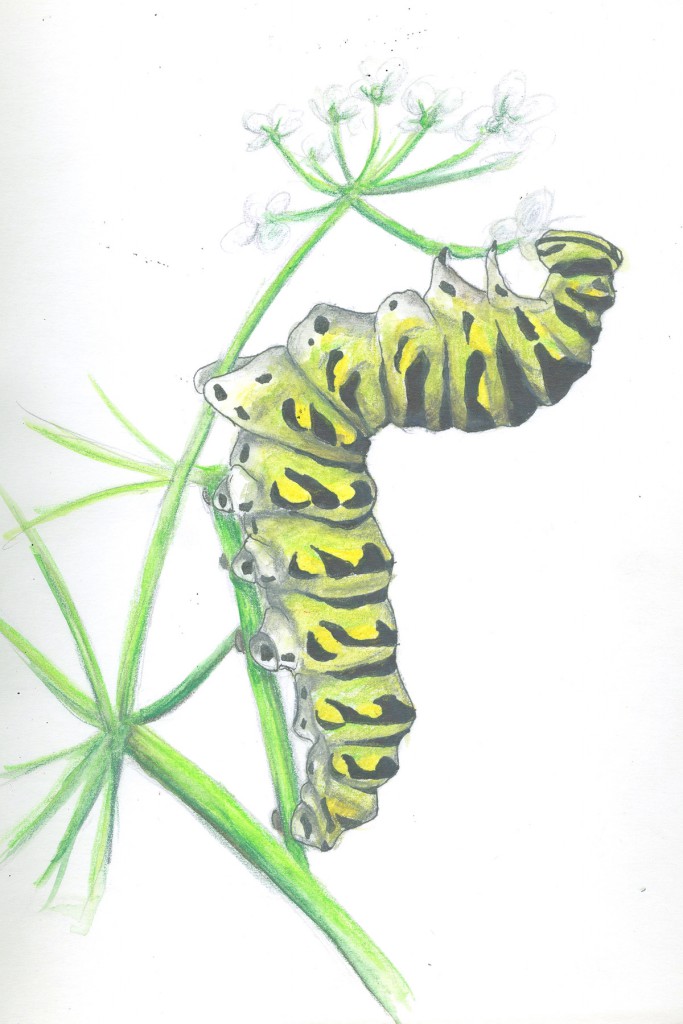By now many have heard about and understand the plight of the Monarch butterfly. Over the last few decades, their numbers have been steadily declining as they face food and habitat loss as well as pesticide exposure. Though they’re certainly a deserving and beloved species (plant milkweed!), Monarchs aren’t the only insect or even butterfly that’s struggling. Here are five slightly lesser known butterflies found in the Mid-Atlantic and what you can plant this year to help them.
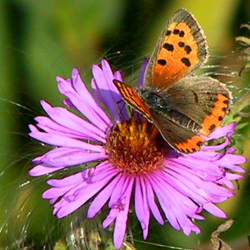
American Copper Lycaena phlaeas americana
The American Copper’s is a fairly common butterfly though anecdotally it is seen less frequently today than in the past. These butterflies are orange and grey with black spots.
American Copper caterpillars preferred larval host plant (the plant where a butterfly lays eggs and is eaten by caterpillars) is Sheep Sorrel though it will use curly dock. Leaving sheep sorrel and curly dock available is important for their survival. As adults American Copper butterflies will feed on a wide variety of available flowers.
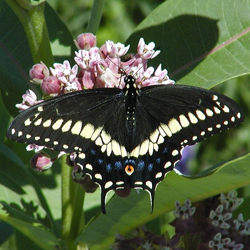
Black Swallowtail Papilio polyxenes
Commonly mistaken for other swallowtails this mostly black butterfly can be distinguished from other species by the black center on the orange spot on the inside corner of their hindwing.
If you love the black swallowtail you may have to be willing to share a few of your crops. Black Swallowtail caterpillars will feed on carrots, dill, fennel, and parsley. As adults black swallowtails will feed on a variety of flowers. Like many other butterflies, they are particularly attracted to species such as milkweed, thistle, and clovers.
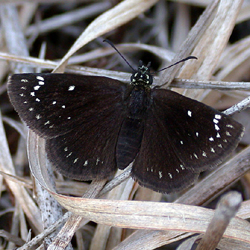
Common Sootywing Pholisora catullus
This butterfly can be identified by its glossy black (sometimes dark brown) appearance and the double rows of white dots prominent on the outer margins of the upper forewings.
The Sootywing’s favorite host plants are lambsquarters, amaranth, and cockscomb (celosia). Adding some of these to your garden or in the case of lambs quarters simply letting them grow can help this butterfly thrive in your yard. Adult Common Sootywings can be found feeding on dogbane, common milkweed, purple loosestrife, and wild indigo.
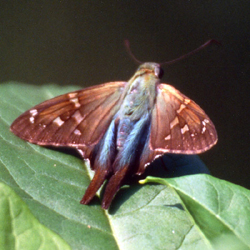
Long-tailed Skipper Urbanus proteus
The Long-tailed Skipper gets its name from the long tails on its hindwings. It can also be identified by its iridescent blue-green head, thorax, and basal areas of both wings.
This species of caterpillars feed on legumes, including cultivated varieties. Legumes include all sorts of beans and peas, alfalfa, clovers, and wisteria. Many of these species also happen to be really easy to grow. In their butterfly stage, they will feed on a variety of flowers.
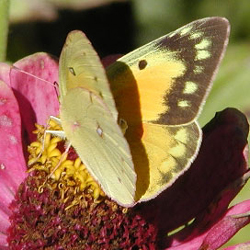
Orange Sulfur Colias eurytheme
The Orange Sulfur can be identified by yellow-orange to darker orange upper wing surfaces.
Like the Long-tailed Skipper, Orange Sulfur Caterpillars feed on legumes. However, Orange Sulfurs have a strong preference for alfalfa earning them their nickname the alfalfa butterfly. As adults, they aren’t selective about which type of flowers they feed on.
Additional Tips
A few great flowers for many butterflies include:
- Milkweed
- Butterfly Weed
- Echinacea
- Clover
- Bee Balm (Monarda)
- Yarrow
- Black-eyed Susans (Rudbeckia)
The most important consideration with flowers is providing blooms throughout the season. Plant successions and choose flowers with a variety of bloom times from early to late. Choosing native plant varieties can also help butterflies succeed. Check out our Welcome-to-the-Garden Pollinator Collection.
Avoid the use of pesticides whenever possible. Even certified organic pesticides can affect more than the targeted species. Especially if you live in a dry area consider adding a water feature for butterflies and other pollinators to drink from.
These are just a small fraction of the Mid-Atlantic’s native butterflies. If you’d like to help butterflies and other pollinators consider some of these tips as your planning and working in your garden this season.

